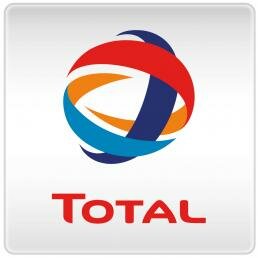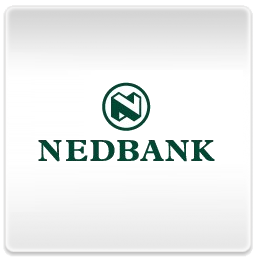Same same but different – the importance of tracking your competitors on Social Media
Submitted by Keenan Harduth on Tue, 2013-11-19 23:26
As the digital space evolves and more and more businesses are competing for limited space on Social Media platforms, tracking your competitors is more important than ever. Not only can competitor analysis in the digital realm help form benchmarks to better your own digital strategy but it will also offer insights that traditional market analysis can’t.
Many businesses feel that it is important to make their own mark in their fields of expertise regardless of what competitors are doing. The general sentiment amongst brands seems to be that that looking to other brands to help form best practices or benchmarks is counterintuitive; Social Media does however propose a unique case.
Brands can now directly monitor what is being said about them and by who, perhaps equally as important brands can also monitor what is being said about their competitors.
The Social Media space also allows brands to tap directly into customer sentiment; customers are often the best competitor analysts as they have already made their decision regarding which brand to commit to. The customer is informed and will pinpoint where there are shortcomings and where a particular brand excels. In Social Media it is not your brand that differentiates you but your brands tone and personality, essentially all brands in the digital space are equal, it’s what you do with the brand that makes the difference.
This analysis will allow brands to pinpoint their key differentiators that will set them apart from competing brands. Once these differentiators have been identified brands can use them to create realistic benchmarks to further their brands digital status.
But how would you tap into this source of knowledge?
1. Get the right tools
If you are serious about online tracking you need a tool. There are various tools capable of providing you with relevant data for your analysis, it’s important to use the right tool for the job and tailor the tool to the information you would like to know. Tools aggregate information and allow you to manipulate information easily. With the help of a tool more time can be spent on insights and recommendations around the data that has been collected.
It’s important to use the same tool to analyse your own brand as well as your competitors.
2. What would you like to know?
To avoid long hours analysing irrelevant data it is important to decide what you would like to discover, this should tie into your brands business objectives and KPI’s. Irrespective of platforms or brands come up with a list of what is important to your brand.
Important points to cover would be:
- Sentiment
- Community size
- Tone and Personality
- Customer Service
- Sponsorship
- Affiliations
- Reach
- Content Strategy
This will help in determining what brands should be looked at.
3. Who are your competitors?
It’s just as important to decide who your competitors are. Traditional competitors should still be taken into consideration, however in the online space competitors are not always your direct market competition as the more reach a particular brand has the more ‘space’ they will occupy. Brands also compete for recognition around certain events and topics.
Competitors will also need to be analysed on a platform specific basis and your ‘choice’ of which brands to analyse should once again be tied into your key business objectives. For example if your business objective is to have the largest following on Facebook you will need to look at what brands have the largest followings to compete with them.
4. Analyse your data
Once you have scrutinized your competitors it would be important to do the same for your own brand to provide contextual insight. It is important to show where your brand sits in comparison to the rest of the market. It might also be helpful to look at a global brand to help form key points with regard to international best practice.
5. Reporting your findings
When reporting your findings it is important to note who you are reporting to and how you would present it. The information should be tailored specifically to the audience you are reporting to, executives will look at reports very differently to the way content creators would.
The report should be tailored to reveal what sets you apart from competitors whether it be good or bad. It’s important to show contextual insight that once again ties into the brands key business objectives.
Based on the insights you have presented you need to provide the brand with a recommendation. This recommendation or action point should cover the brand as a whole and then feed down to particular recommendations that are platform specific.
By looking at how your competitors engage on social media your brand will be able to gain insights on how to effectively communicate through social media. Similarly by weighing up their strengths you will also expose their weaknesses, which may provide further business opportunities to engage with customers in ways that have not been done before and improve offerings.
Words by:
Written by:













